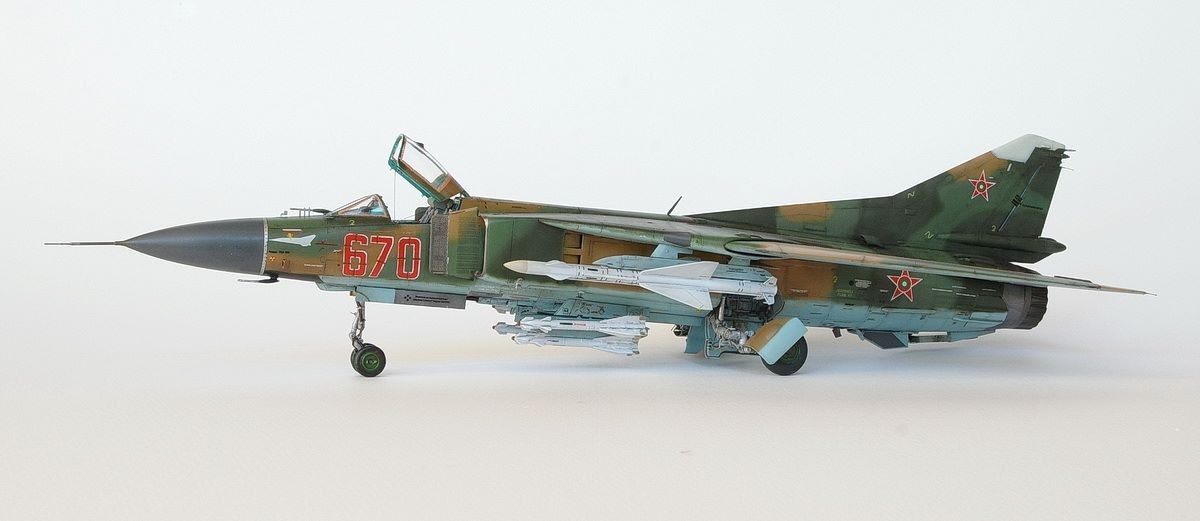Adie Roberts continues his inspirations to help inspire modellers of all abilities to work out of their comfort zone building dioramas or just trying new builds.
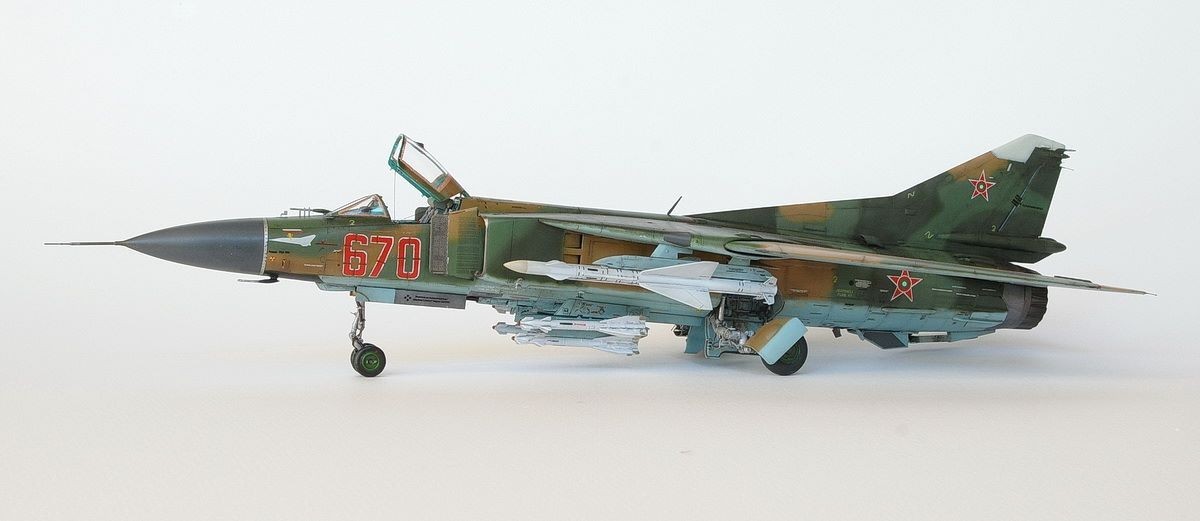
Mikoyan-Gurevich’s MiG-23 was notorious initially for its underpowered engine, poor avionics, and, in the case of the export MS-variant, poorly trained pilots.
However, it was upgraded during the course of its service career into a stable, pilot-friendly, and potent multi-role fighter and interceptor, with phenomenal acceleration when required. More than 4,500 Floggers (NATO code name), including the MiG-27 ground-attack variant, were manufactured in the USSR, with series production commencing in 1969 and concluding in 1985.


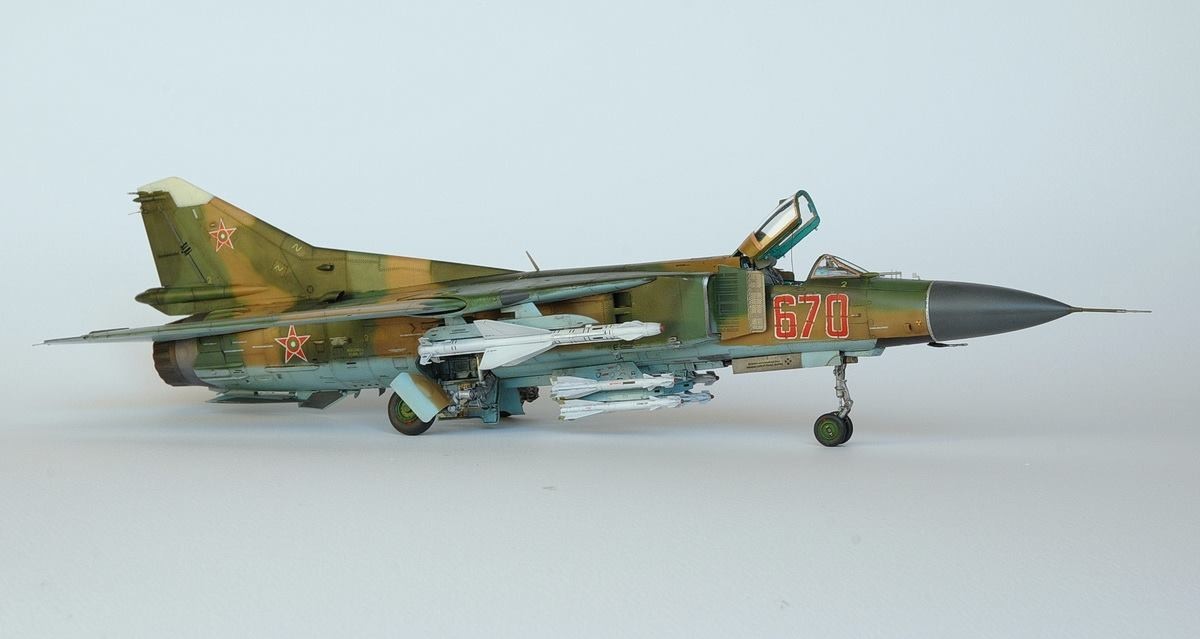

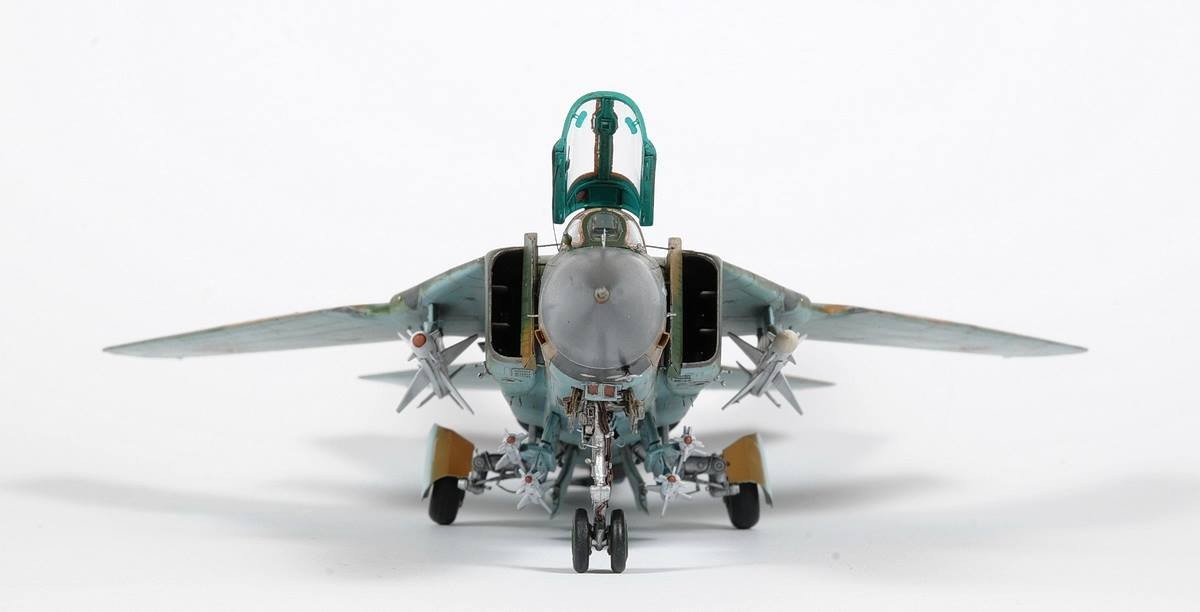
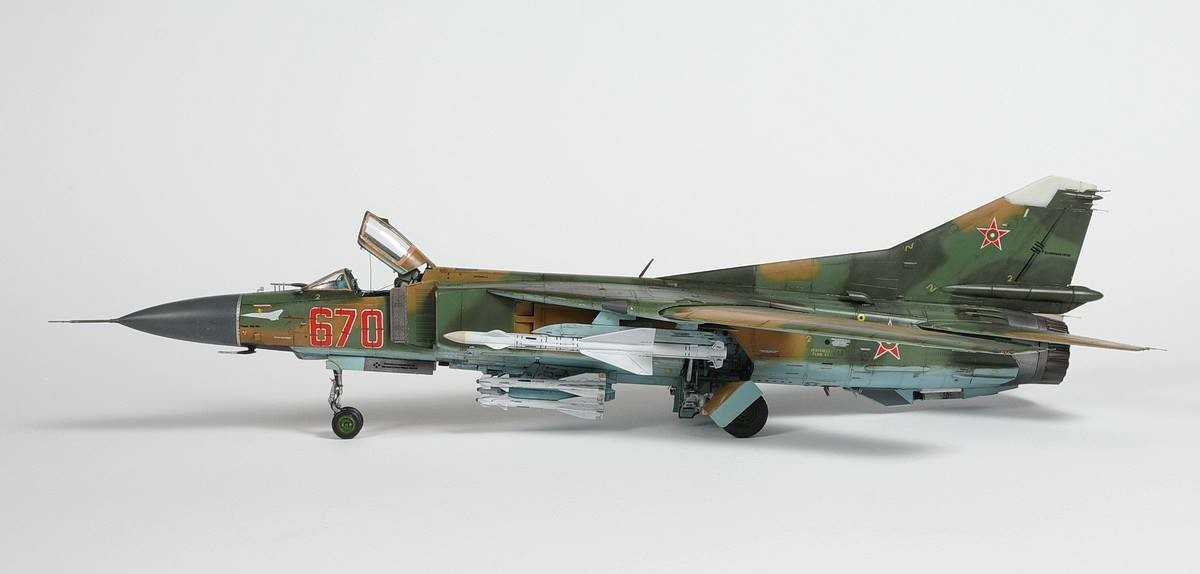

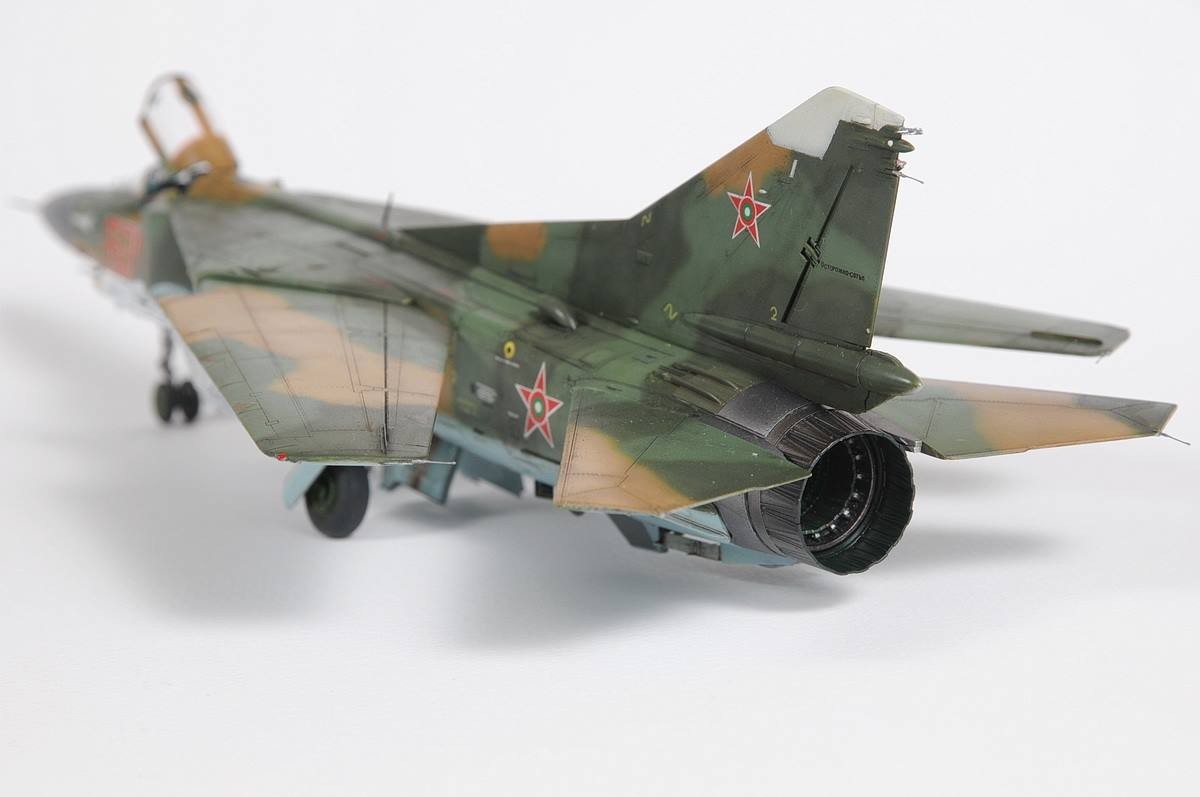
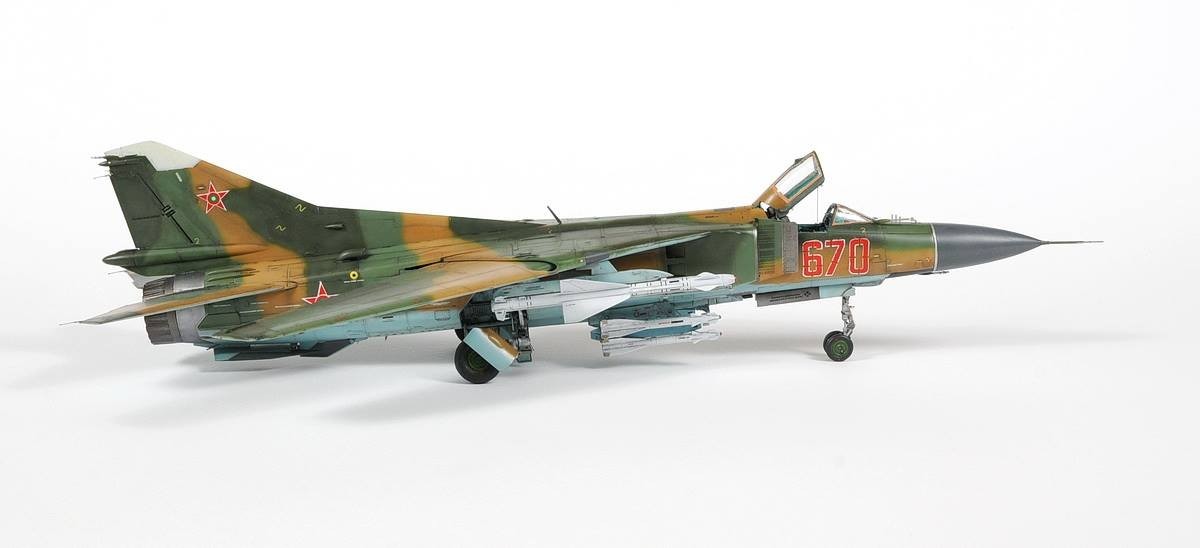


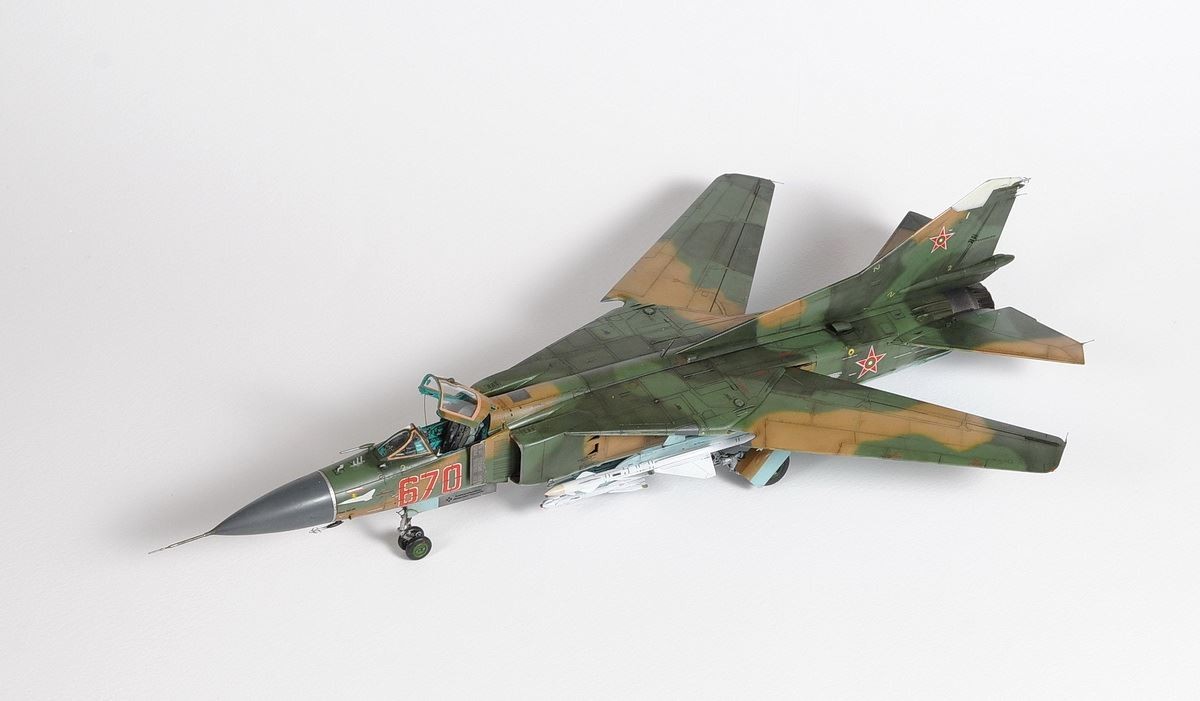
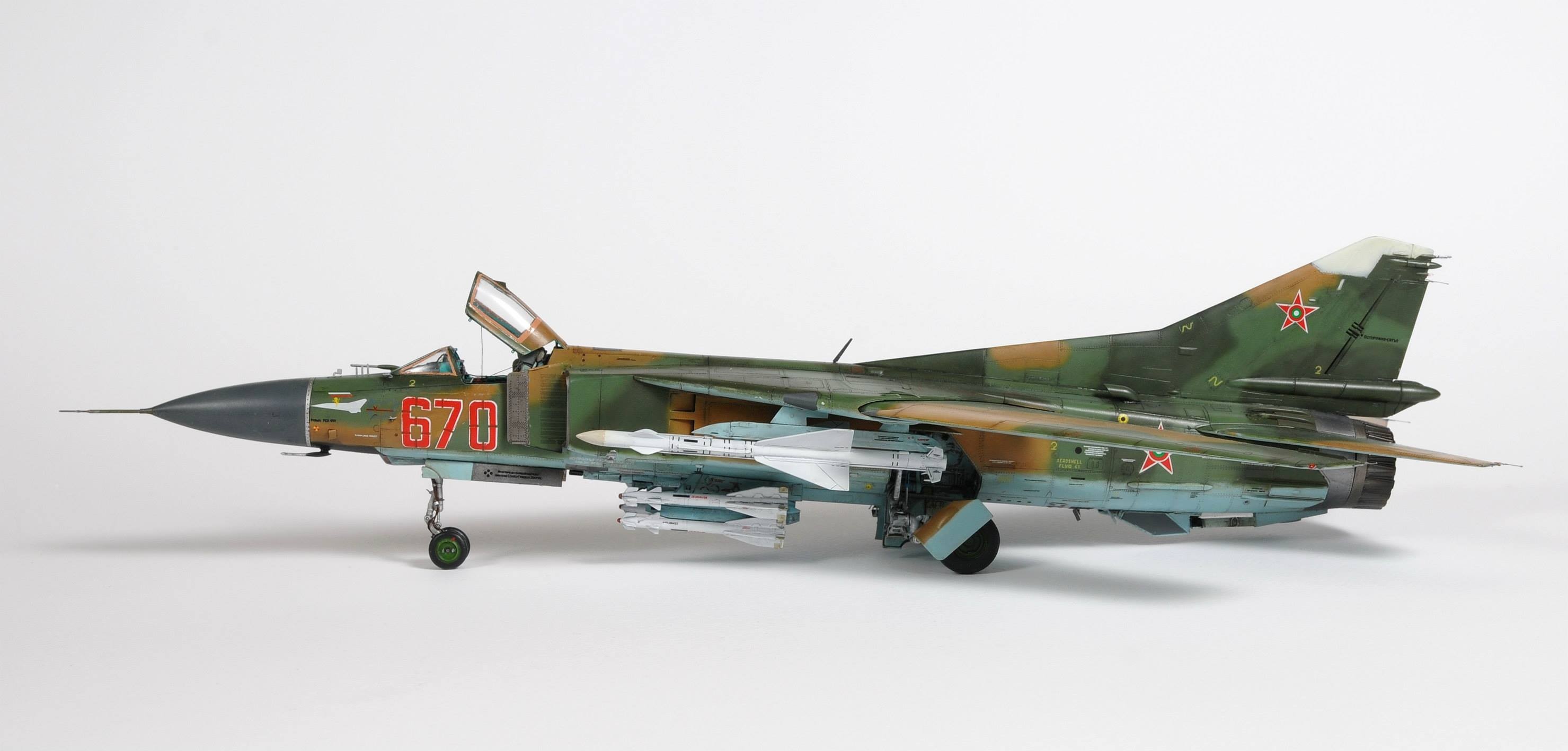
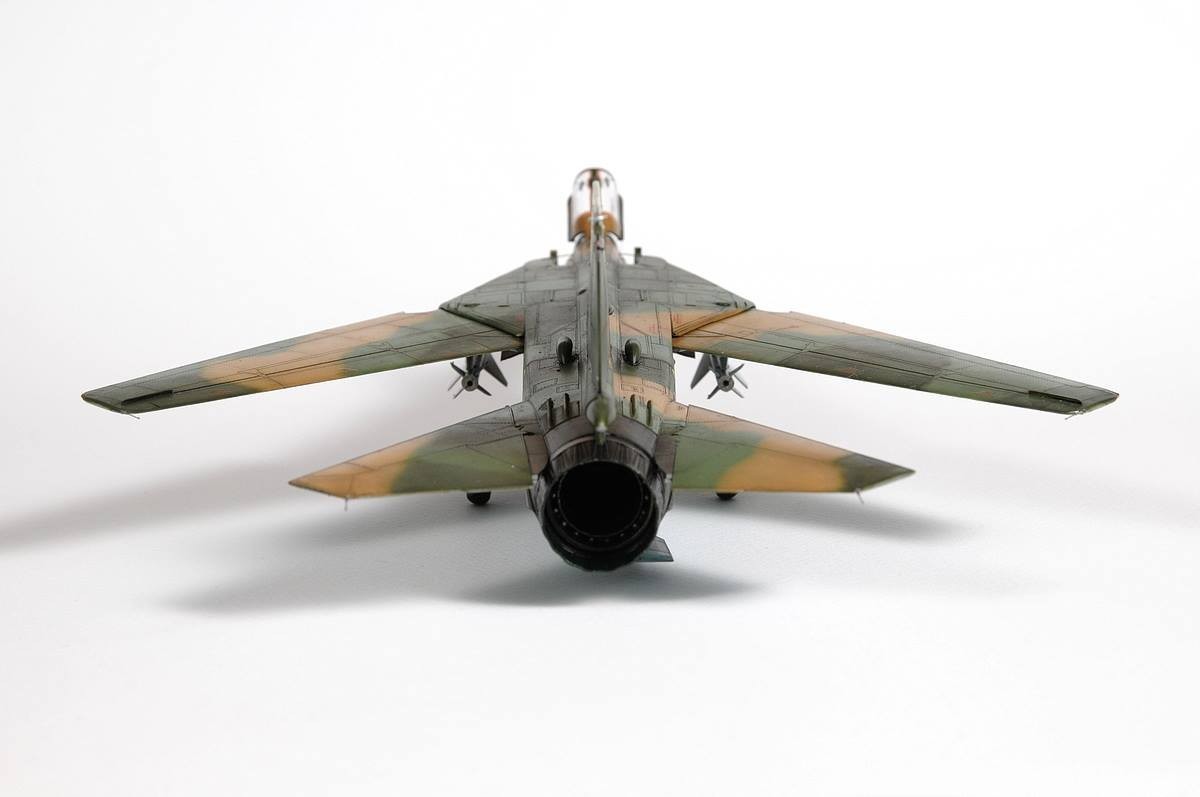
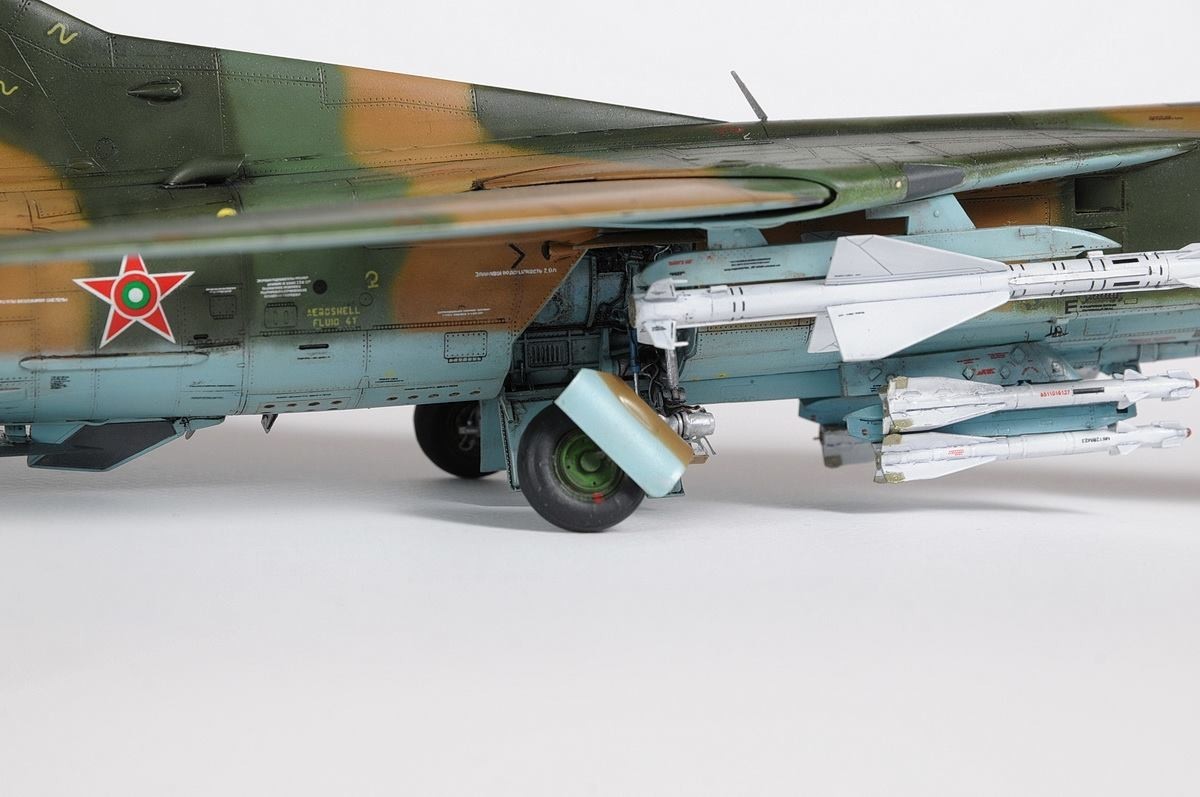
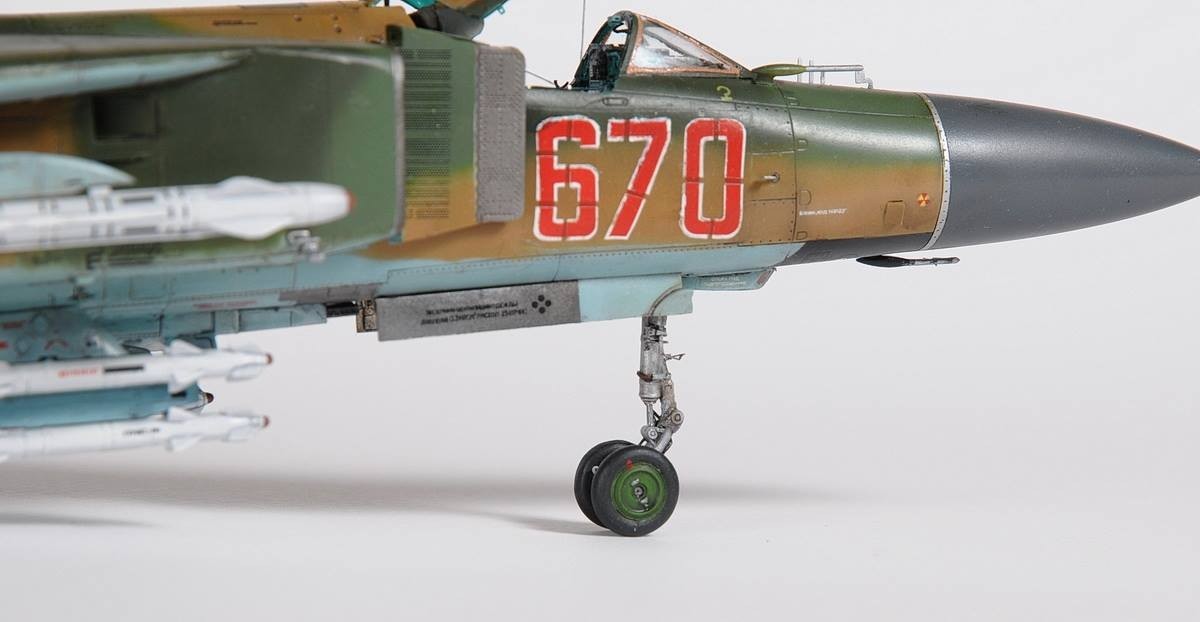
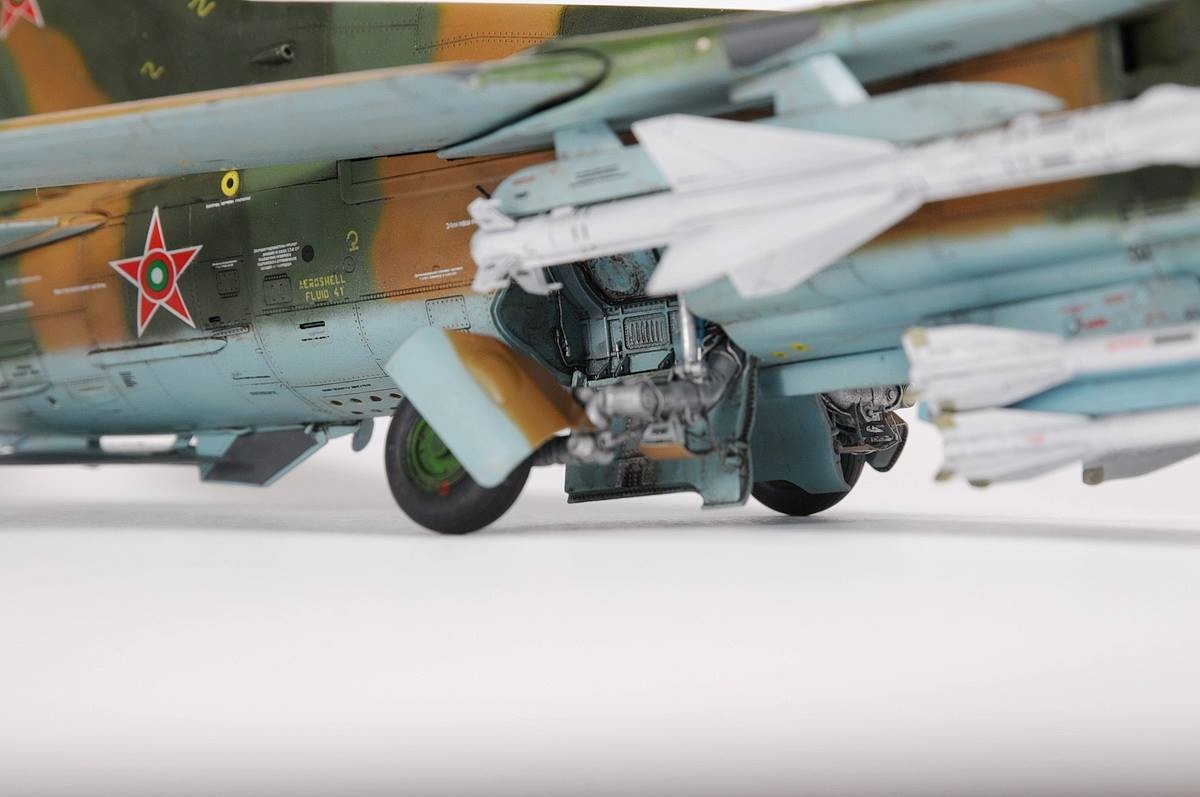
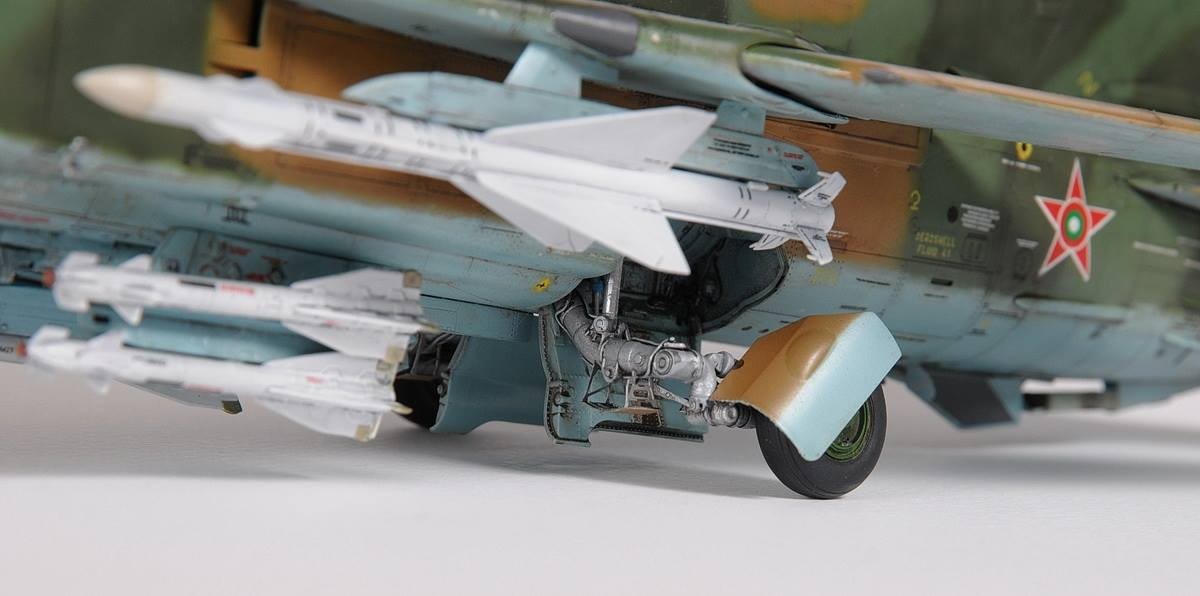
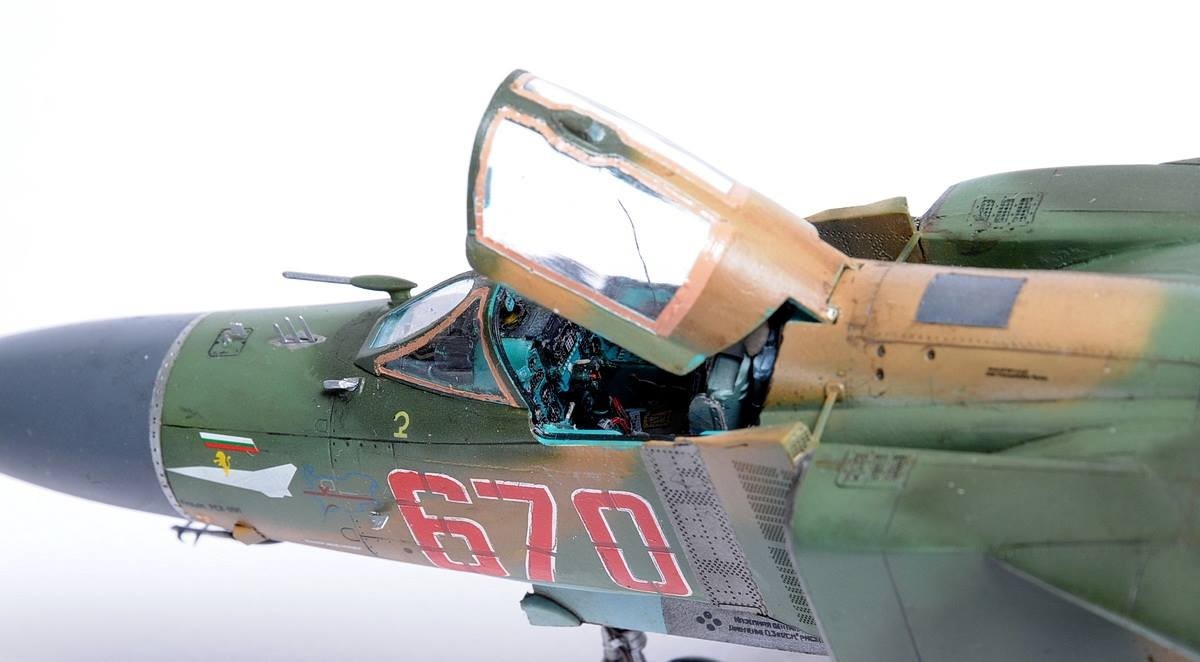
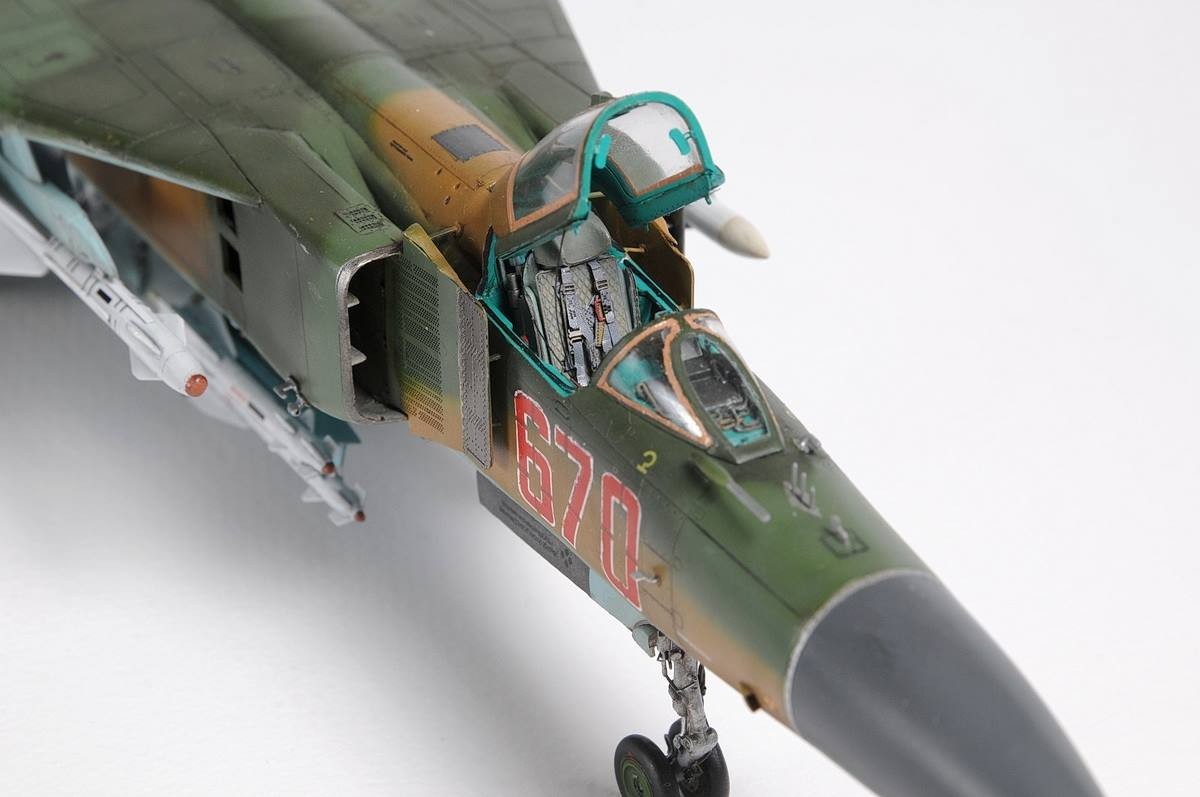
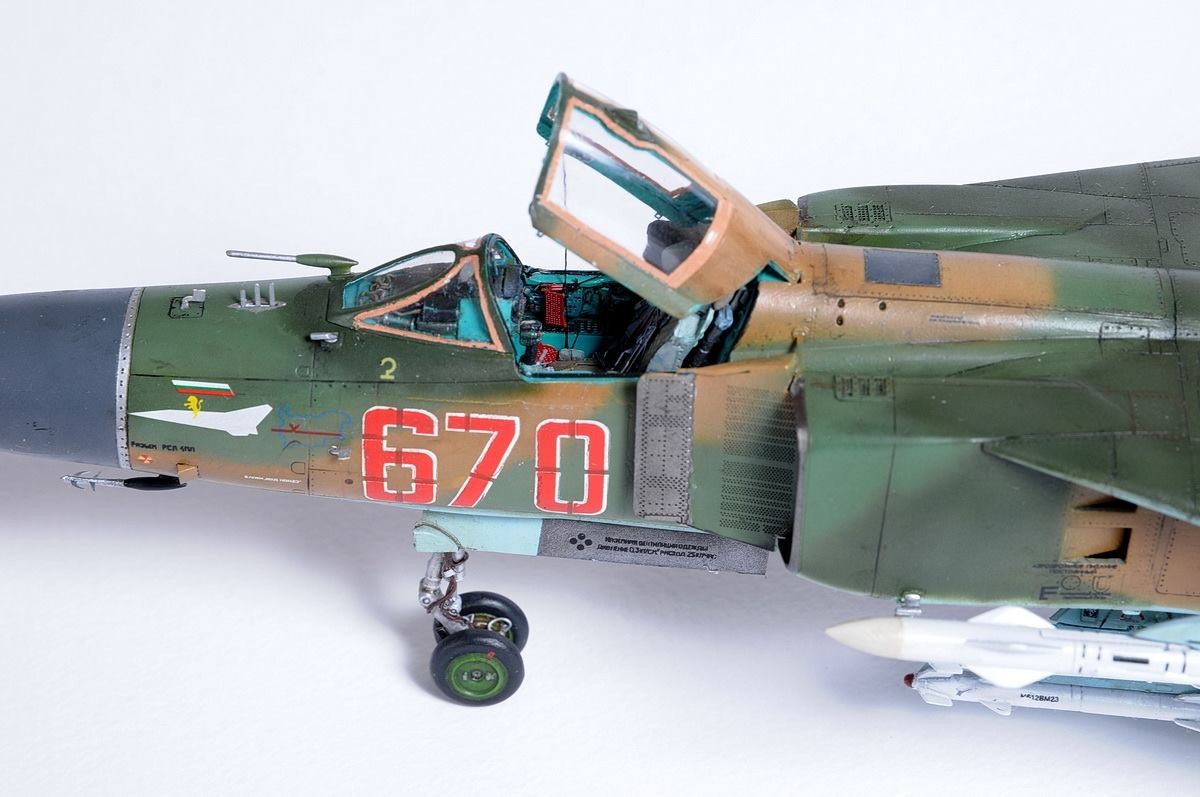

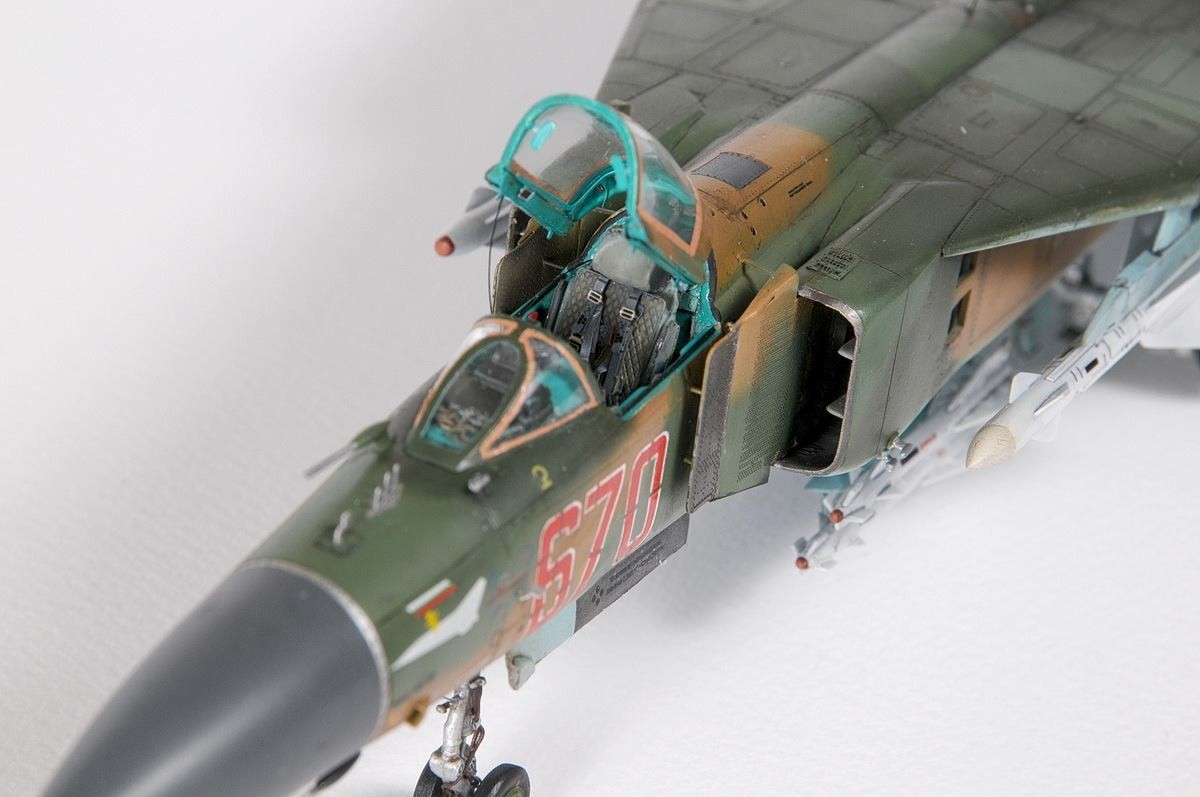



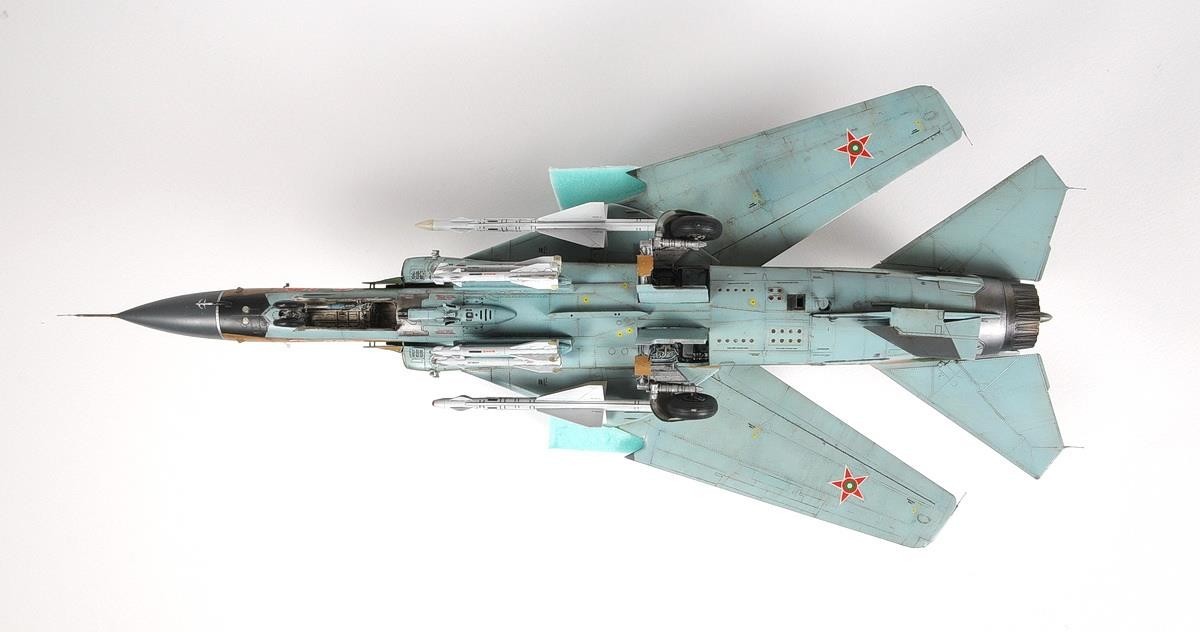
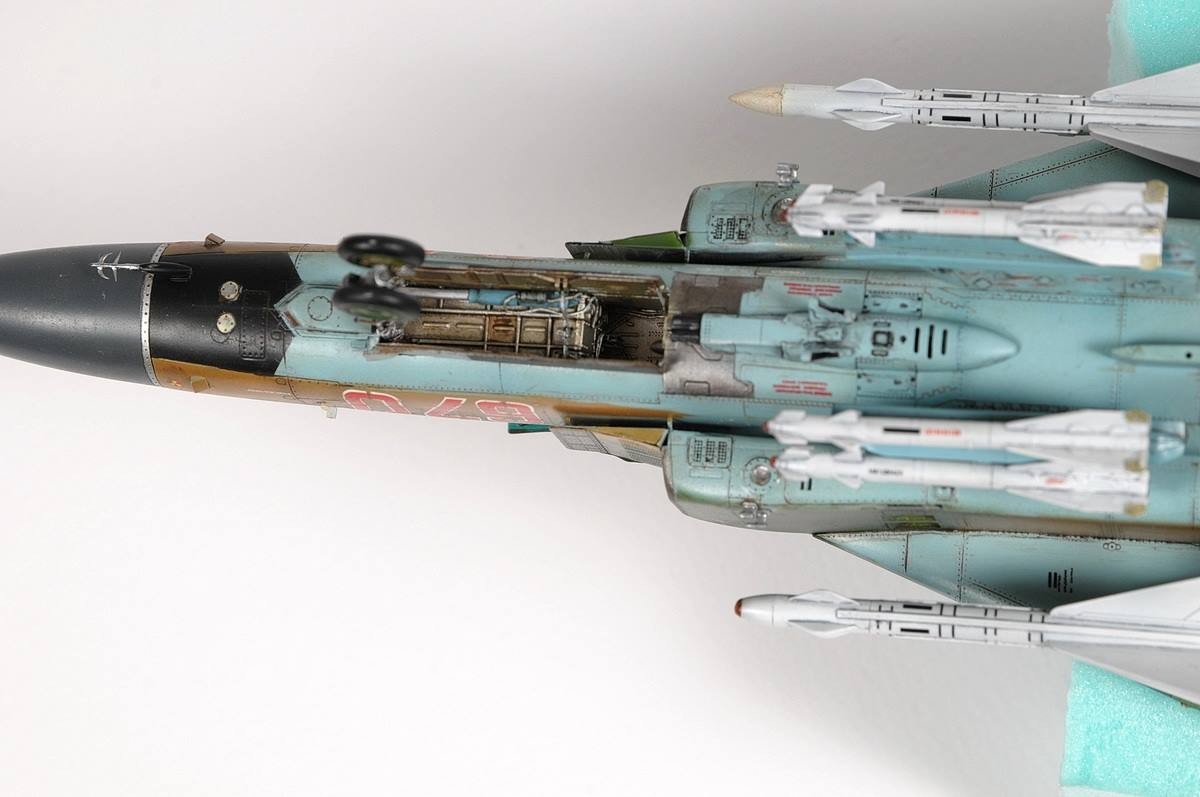
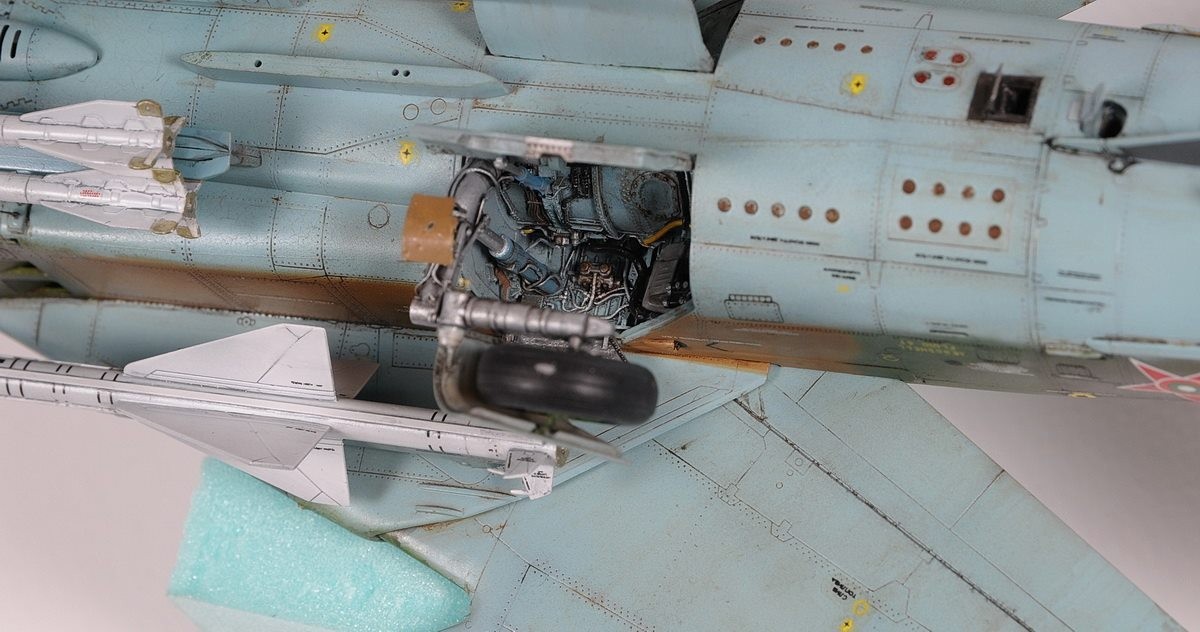

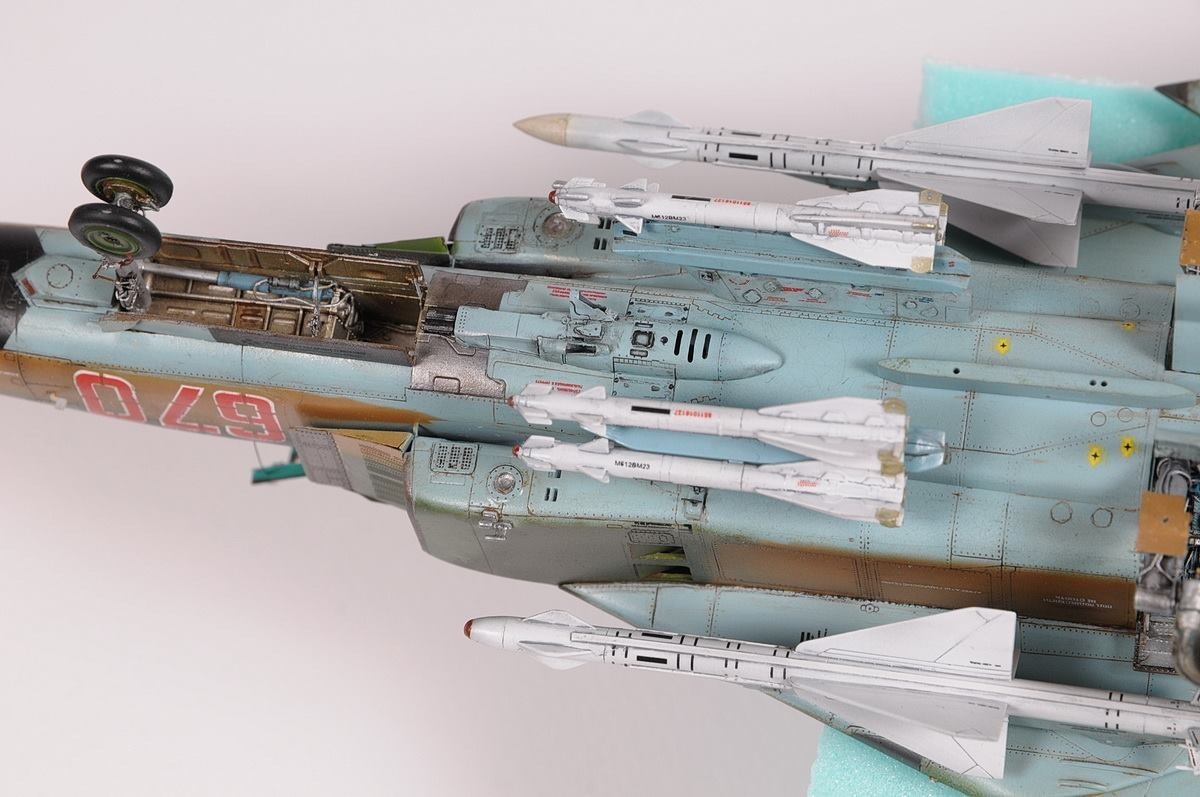
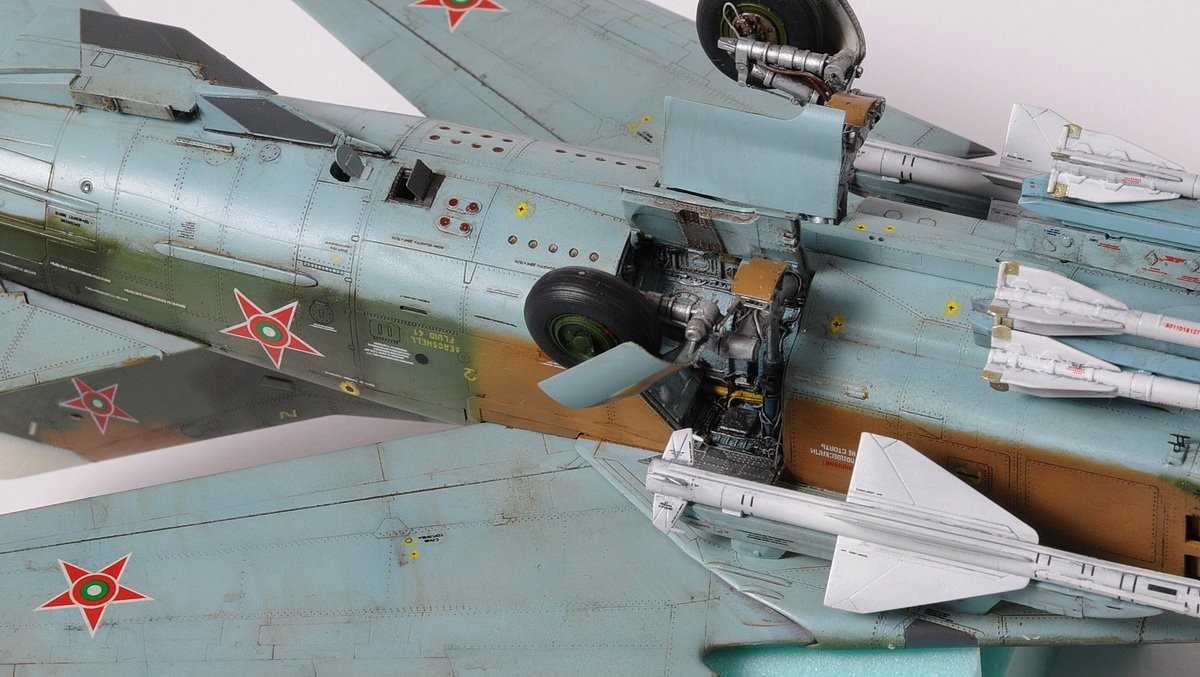
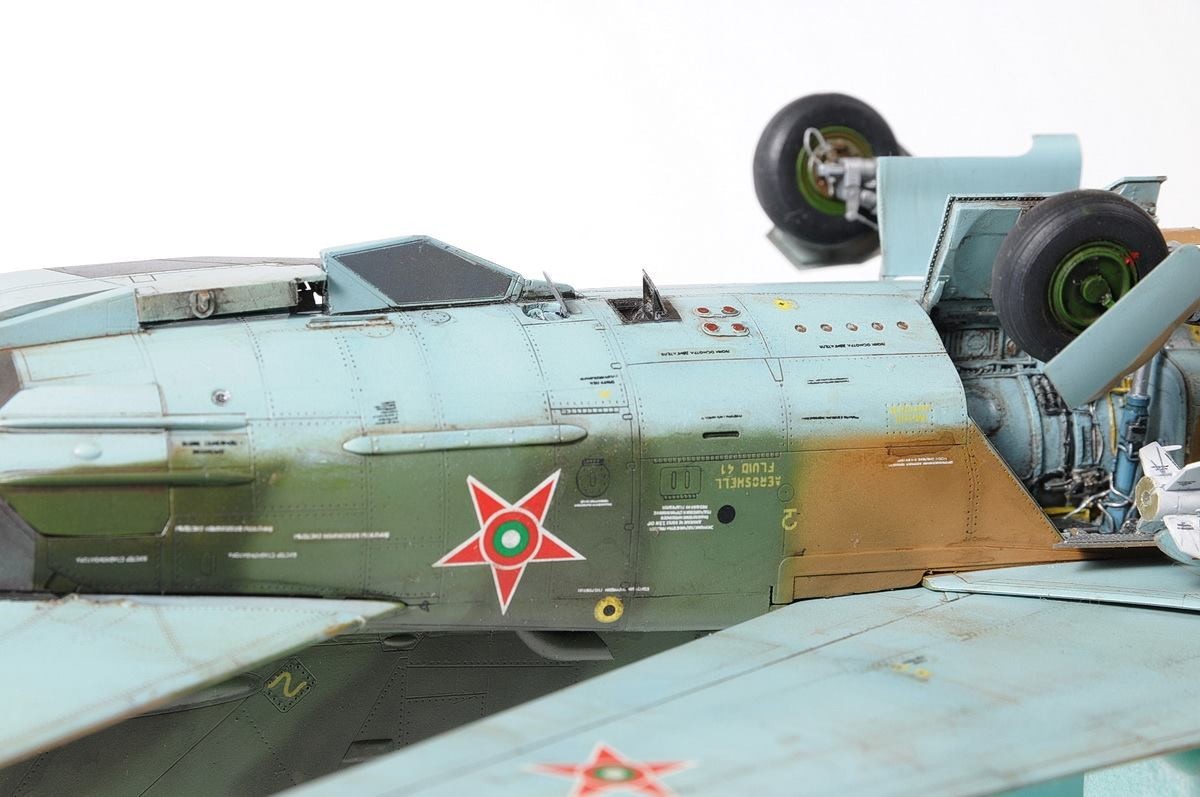

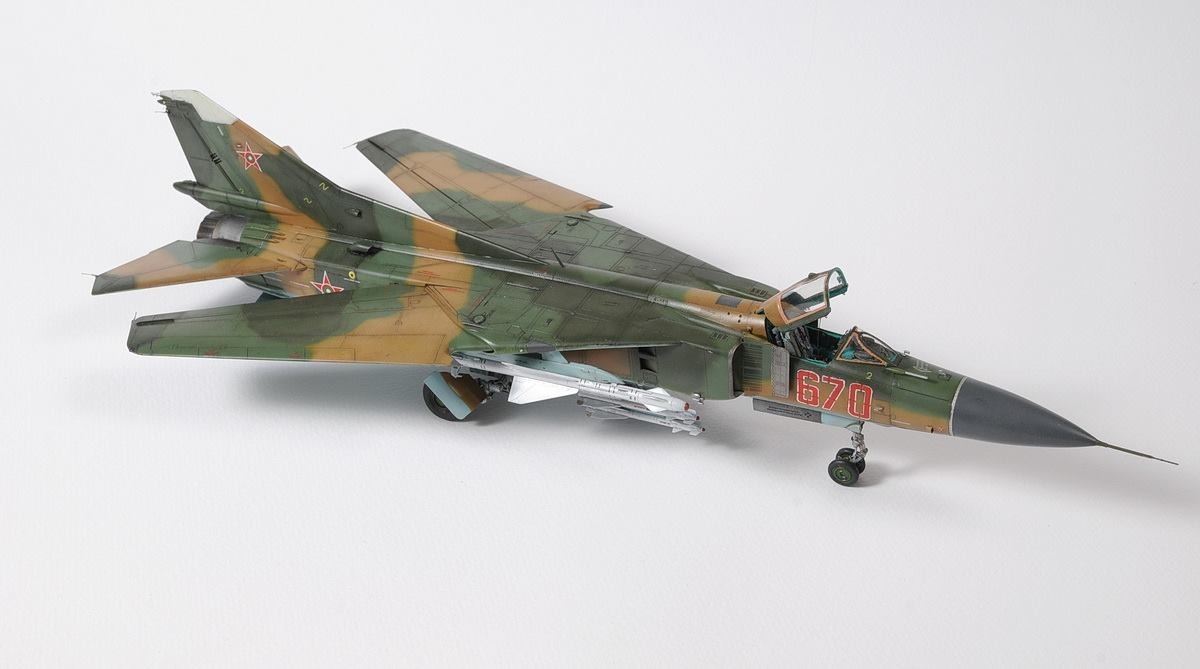

During 1976-78, Bulgaria’s air force underwent a large-scale modernisation programme, which ensured the introduction of MiG-23BN Flogger-Hs and -MF Flogger-Bs. In 1982, a further delivery of MiG-23MLA Flogger-Gs (pictured here, distinguished by its smaller dorsal fin) followed. The introduction of this improved interceptor variant allowed Bulgarian pilots, for the first time, to engage targets head-on beyond visual range, with AA-7 Apex missiles.











